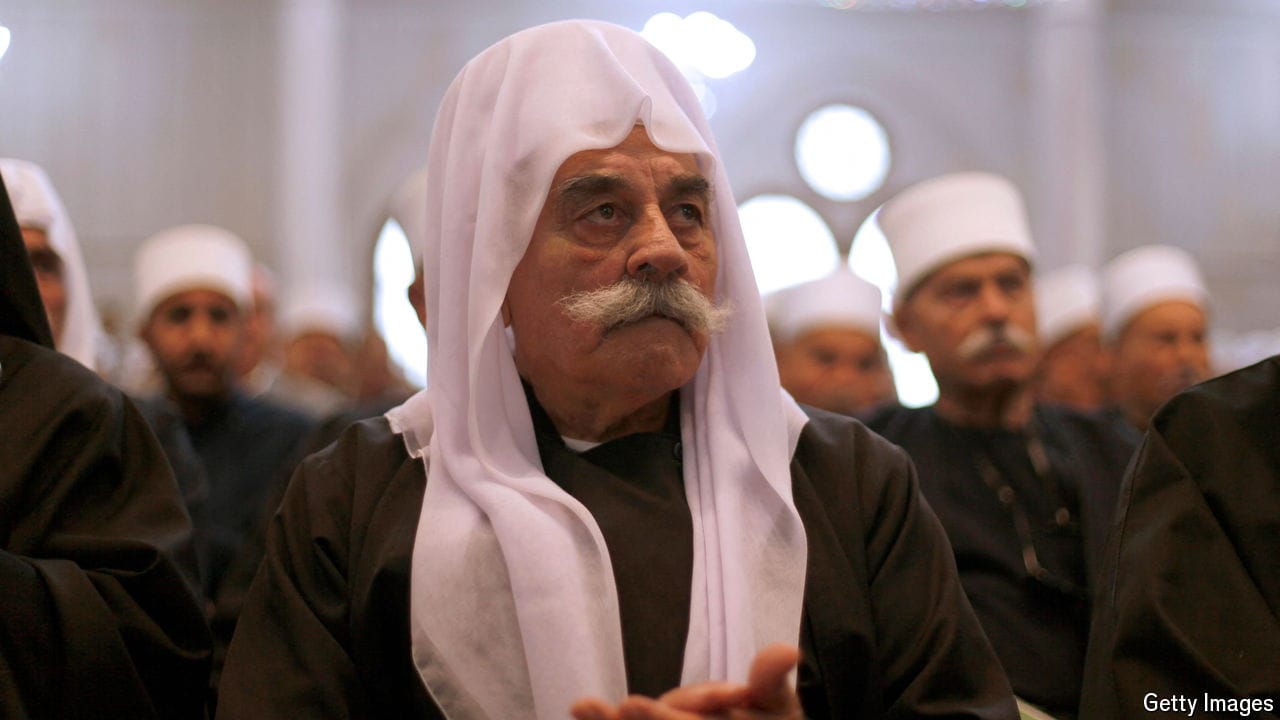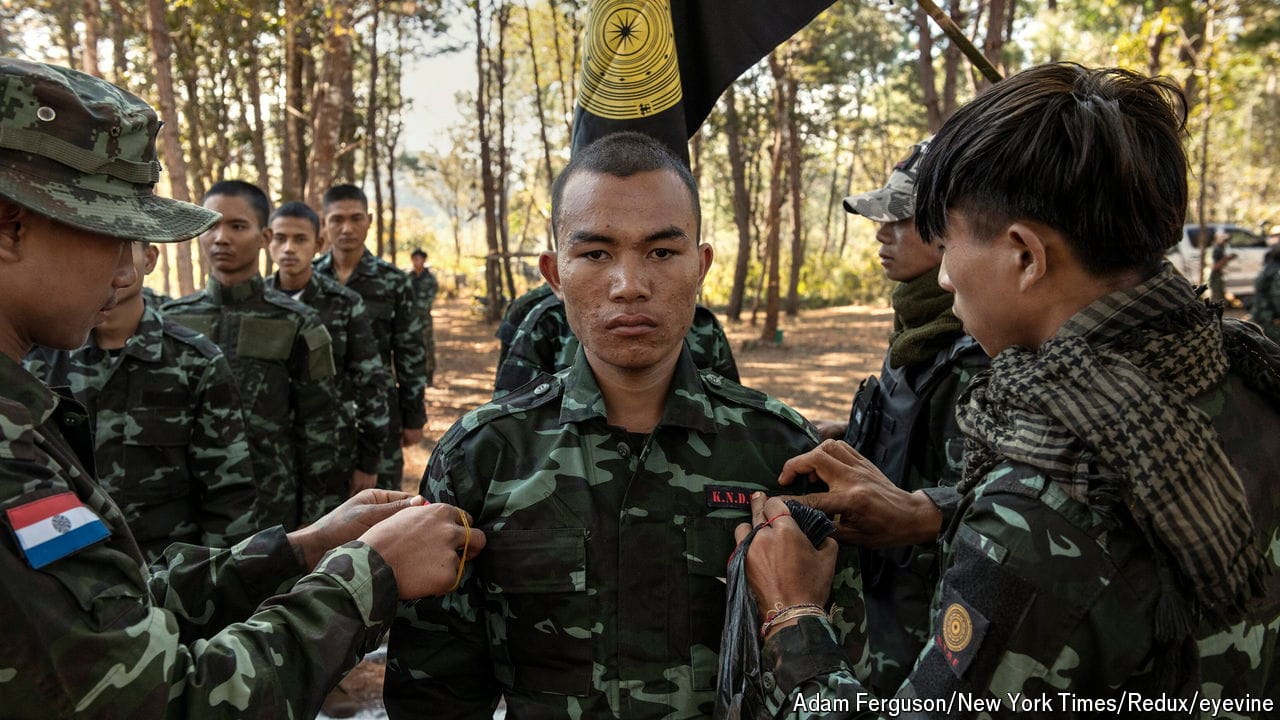Do Russia’s military setbacks increase the risk of nuclear conflict?
Tactical nuclear weapons are smaller, but using them would carry huge risks

THE SPECTACULAR collapse of Vladimir Putin’s army in Kharkiv province has revived concerns that Russia might resort to nuclear weapons. “I fear that they will strike back now in really unpredictable ways,” warned Rose Gottemoeller, a former deputy secretary-general of NATO, “and ways that may even involve weapons of mass destruction.” Ms Gottemoeller, speaking to the BBC, said she was not worried about Russia’s massive intercontinental ballistic missiles, which cross oceans and can destroy cities, but its so-called tactical nuclear weapons. What are these, and might Mr Putin use them if he is losing the war?
Tactical nuclear weapons (experts prefer the term “non-strategic”) are those with relatively small yields. They can weigh in at a few kilotons, or less. The yield of a B61-12, an American weapon with a variable yield, can be “dialled down” as low as 0.3 kilotons if it is to be used as a tactical weapon—around one-fiftieth of the yield of the bomb which destroyed Hiroshima. The explosion of a few thousand tonnes of badly stored ammonium nitrate in Beirut in August 2020 showed how terrible such blasts can be. But they are far less devastating than those of the weapons used in an all-out nuclear exchange.
This article appeared in the The Economist explains section of the print edition under the headline “Do Russia’s military setbacks increase the risk of nuclear conflict?”
More from New Articles

Who are the Druze, the victims of a deadly strike on Israel?
The religious minority has often been caught up in regional crossfire in the Middle East

Myanmar’s rapidly changing civil war, in maps and charts
Ethnic militias and pro-democracy groups are scoring victories against the governing junta

Who will be Kamala Harris’s running-mate?
She is reportedly vetting a dozen options. These are the top three
Why have so few American presidents been from the West?
Kamala Harris’s nomination would be a milestone for the region
Why the Olympics still has a doping problem
Cheating with drugs has again become an organised affair
Why some Russian athletes will be eligible to compete at the Paris Olympics
Despite antipathy between the Russian government and the International Olympic Committee a handful will compete